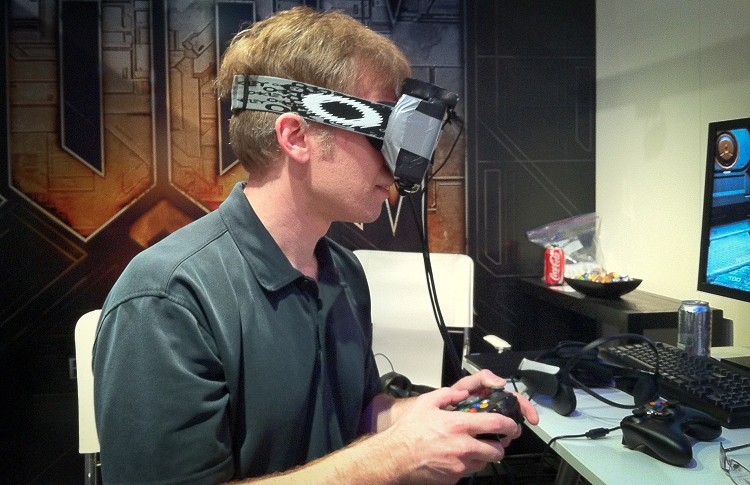In brief: John Carmack is expressing some caution over Mark Zuckerberg's Metaverse ambitions once again, while still harboring hope for the overall concept. As Zuckerberg and others espouse high-concept dreams, Carmack seems focused on the nuts and bolts.
Oculus CTO, Meta "executive advisor," and legendary game developer John Carmack articulated a healthy mix of skepticism and optimism for Meta's development of VR and Metaverse applications this week. While he isn't entirely satisfied with the company's progress, he spoke positively about some advancements being made.
Carmack delivered an hour-long keynote during the recent 2022 Meta Connect Conference, explaining Meta's recent VR developments as well as his goals for VR. He started the talk by pointing out how the presentation missed some of the goals he stated last year.
At his 2021 conference keynote, Carmack said he wanted to deliver the 2022 talk on a virtual stage in front of thousands of avatars representing users watching in real-time in the metaverse. Instead, this year's presentation is just a livestreamed video of Carmack's avatar, which he considers no different than a live-action livestream.
From there, Carmack launches into a deep technical discussion of Meta's recent developments in VR hardware and software. One of his main themes is that developers should focus on what they can achieve now instead of their long-term goals.
The comments contrast interestingly with some other segments in this week's conference. Mark Zuckerberg appeared to demonstrate Meta VR avatars with legs, even though the company's current technology can't accurately track a user's legs. Eventually, Meta confirmed to UploadVR that the virtual legs in the demonstration moved so smoothly because they used motion capture, amounting to a target render. Carmack's avatar in his keynote is just a floating upper body.
Furthermore, Carmack seemed to clash with Meta's push for photorealistic avatars. While the in-development "Codec Avatars" project showed off impressively detailed virtual faces, Carmack said he'd rather focus on rendering large numbers of computationally cheap avatars using affordable hardware.

While Meta used the conference to unveil the $1,500 Meta Quest Pro, Carmack reiterated his desire to focus on increasing the number of price points at which to offer VR headsets. While the Meta Quest 2 - the most popular VR headset - recently increased its base price to $400, Carmack wants to one day offer a $250 headset. He also wants headsets to become more comfortable and easier to set up. Meta is currently prepping the Meta Quest 3 for next year, likely at a much lower price than the Quest Pro to succeed the Quest 2.
Carmack's call for a measured pace to VR and metaverse development echoes what he said last year regarding metaverse applications. Instead of immediately pushing for a generalized metaverse world, Carmack said the clear path is for the concept to emerge from an existing popular game or app, like Roblox. He likened this to his development of Doom and Quake in the 1990s, which created technology that became useful in other places.
Other people in the video game industry have expressed similar views. In February, Microsoft CEO Satya Nadella told the Financial Times that the challenges in developing the metaverse sound like challenges Microsoft's games already work towards solving. In March, former Nintendo of America president Reggie Fils-Aimé said Fortnite and Roblox are pushing the metaverse better than Meta currently is.
